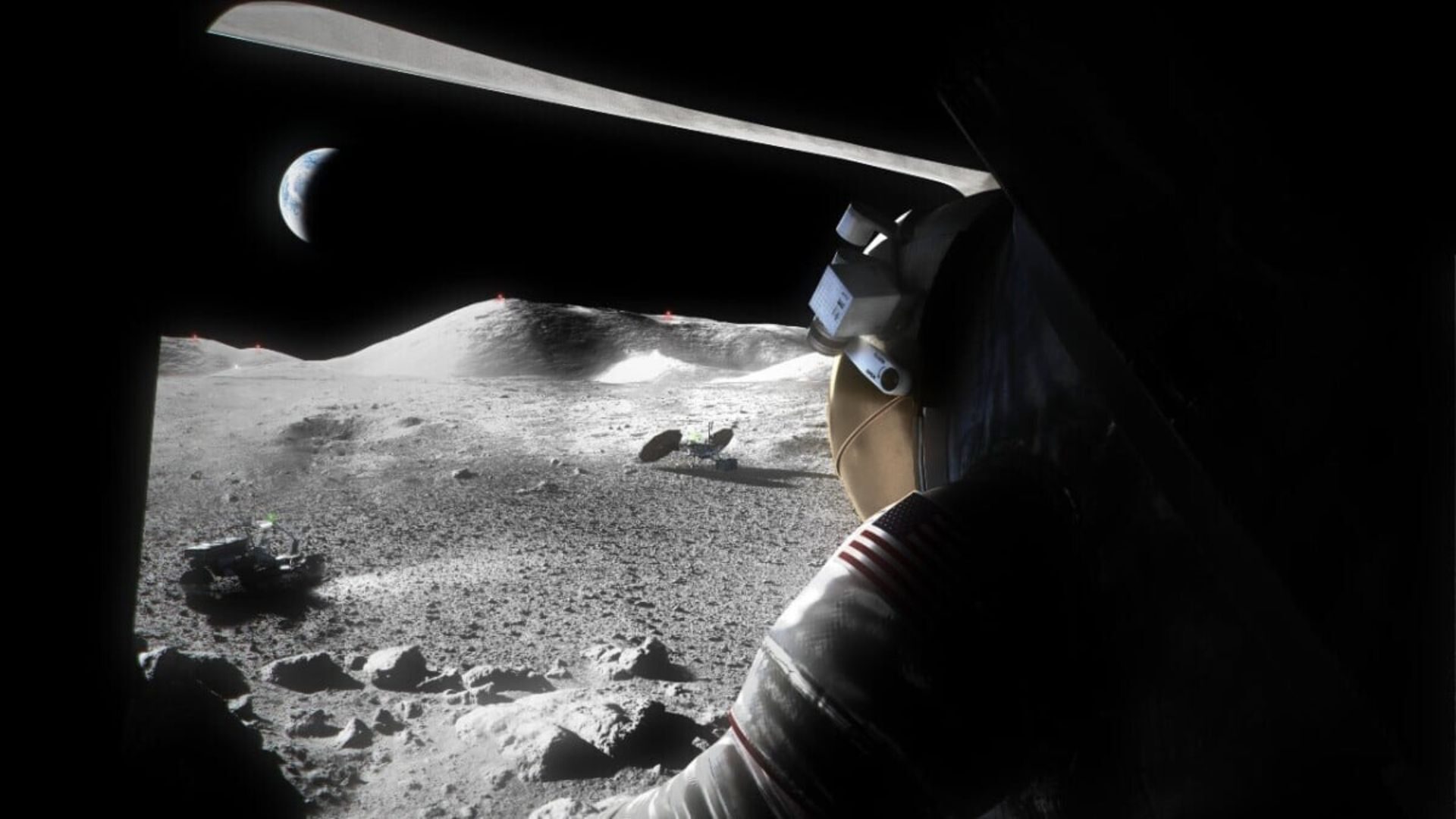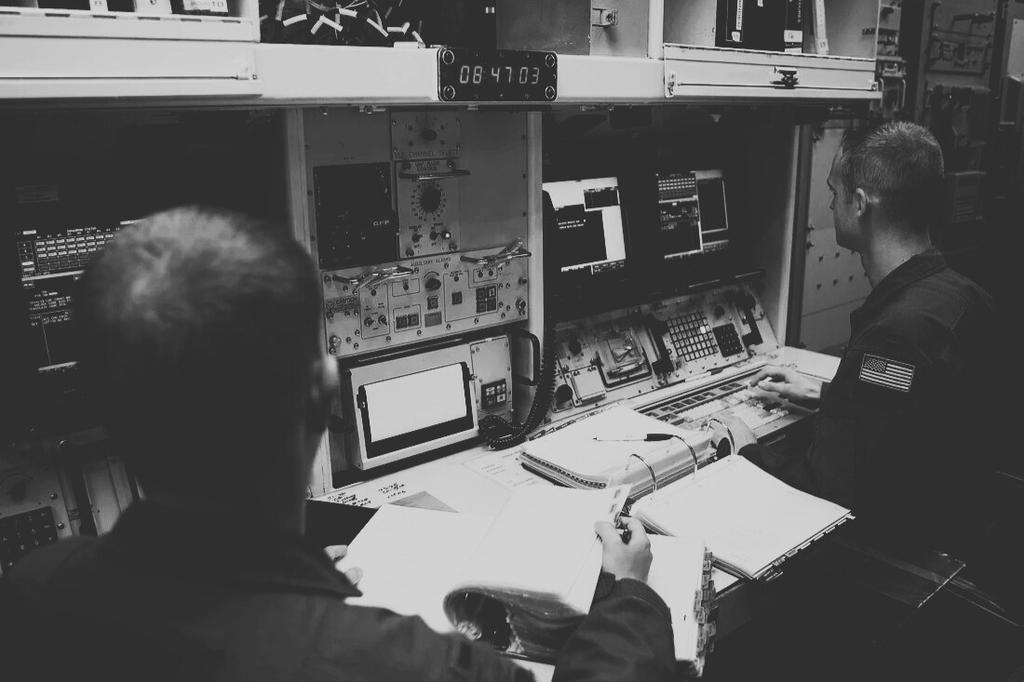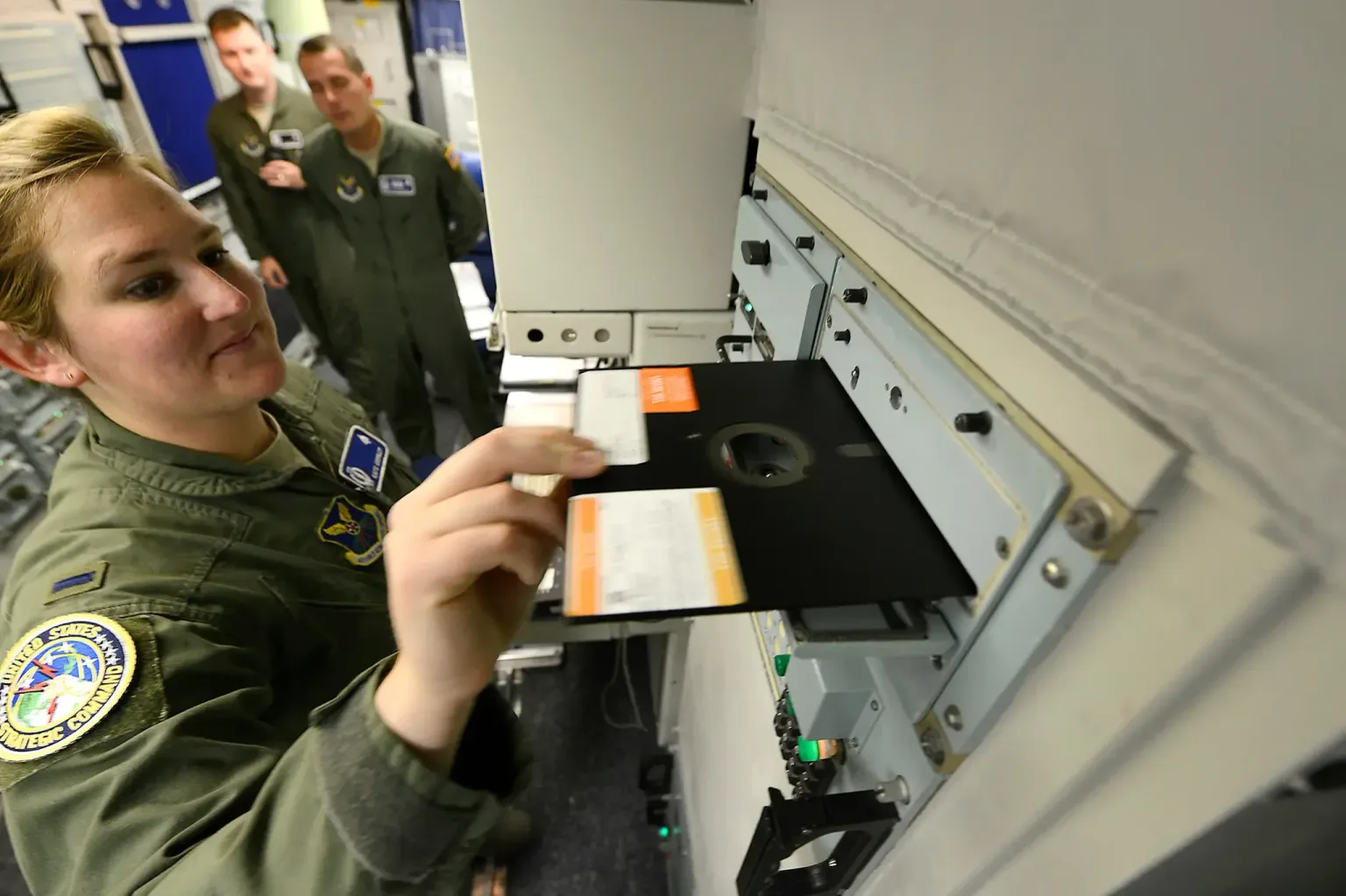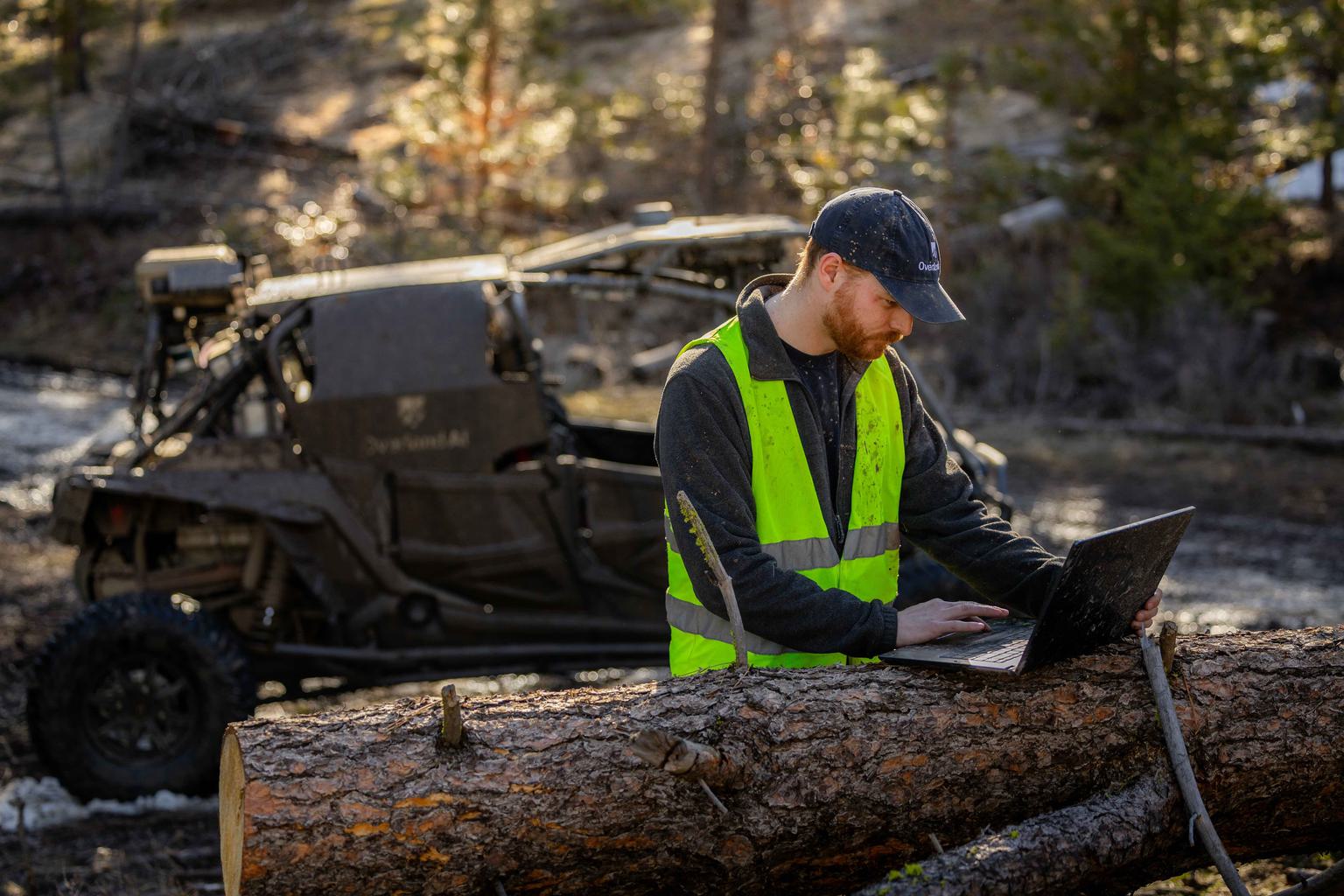
Space

Matt McElvogue | Vice President, Design

Matt McElvogue
Matt tackles user experience problems at the source and finds creative solutions through forward-thinking strategy, ideation, and creative direction.
As space and defense systems become increasingly complex, the challenge shifts from not just developing cutting-edge technology but to ensuring that the technology works intuitively for the people who rely on it. In high-stakes environments, where efficiency and reliability are critical, human-centered design offers a way to mitigate risk in development of new products, providing guidance beyond technical specifications to create experiences that are both intuitive and operationally effective.
At the heart of human-centered design is a simple idea: even the most advanced technology can fall short if it’s not user-friendly. While engineers and technical teams aim for precision, human-centered design brings in a real-world perspective—moving beyond requirements to understand how people experience these systems under real conditions.
Whether applied to field tech or complex workflows, human-centered design emphasizes usability from the start. This means designing interfaces that are simple to navigate, interactions that require minimal mental load, and workflows that adapt to users’ needs—all essential to reducing error and enhancing mission readiness.
Human-centered design is all about staying in touch with users and making changes as needed. By getting user input from the start, design teams can catch issues that technical teams alone might miss, spotting things that may lead to changes in the tech early in the process. This approach helps avoid expensive fixes later and makes sure that the final product meets real-world needs right from the beginning.
But early input is only part of the story. The iterative nature of human-centered design means designs are never static: prototypes are tested, user feedback is gathered, and improvements are made continuously. This cycle of refinement strengthens usability and reliability, so by the time a product reaches the field, it has been rigorously validated with real users in real scenarios. In high-stakes environments, this resilience is a significant advantage, helping teams build systems that are not only functional but trusted and adaptable in the face of complex challenges.
Legacy systems are older technologies or software that companies rely on because they’re essential, even though they don’t meet today’s standards for ease of use or compatibility with new tools. For example, NASA’s Voyager 1 spacecraft, launched in 1977, still operates on computing power far weaker than a basic smartphone and uses an 8-track tape-based storage system. And as recently as 2019, parts of the U.S. nuclear program still relied on 1980s-era systems, including floppy disks, for critical functions. Replacing these systems is incredibly complex and costly, re-certification is expensive and time consuming, and strict security and operational protocols often limit the options for a full overhaul. So, organizations often stick with them even if they’re not as flexible as newer options.

As recently as 2019, parts of the U.S. nuclear program still relied on 1980s-era systems, including floppy disks. Image: Robert Gauthier/Los Angeles Times, via Getty Images
Using human-centered design can help make older systems work better by focusing on improving how people interact with them. Rather than opting for a full, costly upgrade, human-centered design can update the interface layer, making the system easier to use and extending its life. In the case of Voyager, NASA has implemented new ground-based solutions and software updates that work around the spacecraft’s limitations, allowing it to continue sending valuable data back to Earth. With this approach, organizations get more value out of their existing technology without needing to start from scratch.
In space and defense, where the stakes are high, overlooking usability isn’t an option. Complex interfaces—i.e., tech packed with intricate commands and layered menus—can demand significant training time to master, making quick, accurate use a challenge. These complicated setups often lead to user errors, workarounds, or even system rejection, which can have mission-critical consequences.
For example, we’ve seen cases of soldiers preferring to use their own consumer devices in the field after being frustrated by their more complicated military-grade devices. These swaps risk mission safety, as consumer devices aren't secure and don’t interface with other systems the provided devices do. In these high-stakes environments, usability isn’t just about efficiency; it’s about building trust, ensuring reliability, and ultimately safeguarding mission success.
Teague’s partnership with Overland AI, a startup focused on off-road autonomous systems, highlights the importance of human-centered design. Overland AI’s technology skillfully handles unmapped terrain autonomously, with the vehicle being overseen remotely via a user interface. By collaborating to design an intuitive interface for route planning and mission management, Teague’s user interface design is primed to enable operators to take full advantage of the system’s capabilities with minimal training. This project is just one example of human-centered design bridging advanced technology with practical usability, making sophisticated systems ready for real-world use.

Overland AI’s technology skillfully handles unmapped terrain autonomously, with the vehicle being overseen remotely via a user interface. Image: Overland AI
The future of space and defense will be shaped by increasingly autonomous and sophisticated systems. Human-centered design keeps usability at the core, ensuring that as technology advances, it remains accessible and effective. By prioritizing this approach, we can create systems that are both powerful and intuitive.